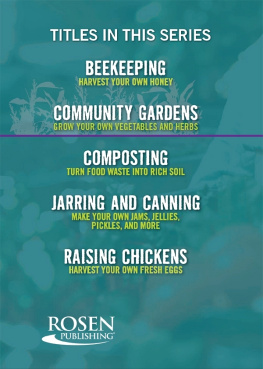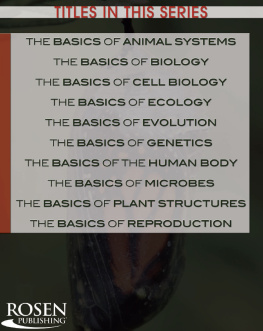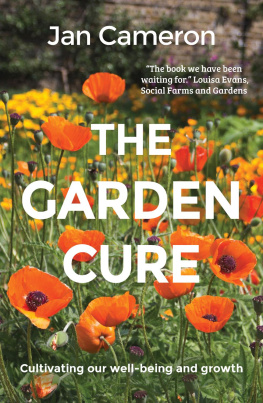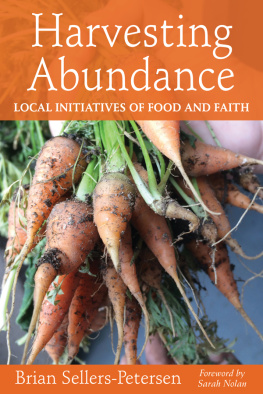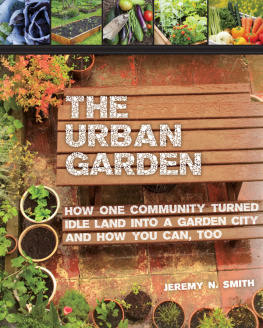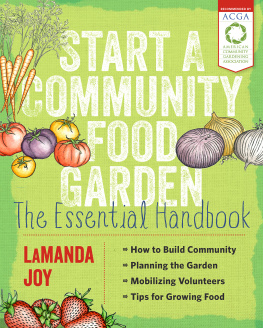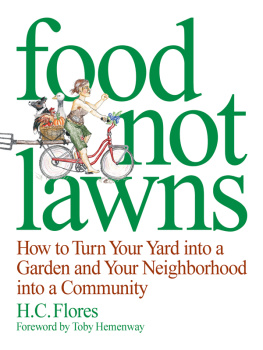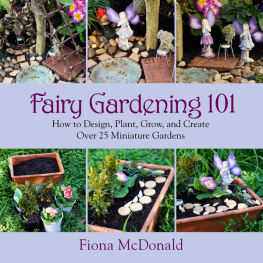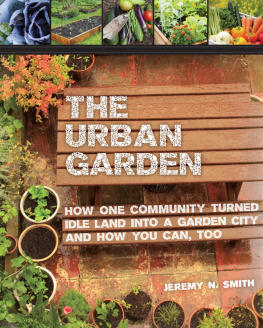
This book is dedicated to my great and courageous family.
Published in 2014 by The Rosen Publishing Group, Inc.
29 East 21st Street, New York, NY 10010
Copyright 2014 by The Rosen Publishing Group, Inc.
First Edition
All rights reserved. No part of this book may be reproduced in any form without permission in writing from the publisher, except by a reviewer.
Library of Congress Cataloging-in-Publication Data
Chong, Susan Burns, author.
Community gardens: grow your own vegetables and herbs/Susan Burns Chong.
pages cm.(Urban gardening and farming for teens)
Includes bibliographical references and index.
ISBN 978-1-4777-1777-6 (library binding)
1. Community gardensJuvenile literature. 2. Gardening for teenagersJuvenile literature. 3. Vegetable gardeningJuvenile literature. I. Title.
SB457.3.C47 2014 635.091732dc23
2013014170
Manufactured in the United States of America
CPSIA Compliance Information: Batch #W14YA: For further information, contact Rosen Publishing, New York, New York, at 1-800-237-9932.
Contents

I n Youngstown, Ohio, a group of teens has built a large community garden. They hope to end hunger in their town. We want to get the community involved and plan on using the garden to benefit others, said participant Jordan Hirschhaut in an interview with the Tribune Chronicle. They will tend their garden with residents of a nursing home. Food will be donated for cooking classes. Produce will be sold at the nearby farmers market. The harvest will be shared among the people working together.
If you are also thinking about community gardening, you are not alone. You will be joining a nationwide movement of new gardeners. Teens are grabbing shovels, donning work gloves, and pulling on boots. They are starting to garden. They are growing herbs and vegetables on windowsills, rooftops, vacant lots, the grounds of schools and social service agencies, and local farms.
Growing food can teach people young and old about taking care of planet Earth. As scientists learn more about our planet, the public better understands the fragile balance of nature. People see the importance of taking care of Earths soil, water, air, and living things. These are our natural resources.
Gardening can even teach us about caring for our bodies. Food purchased at stores and restaurants can contain all kinds of ingredients that may be harmful. People who want to be healthy choose fresh food instead.
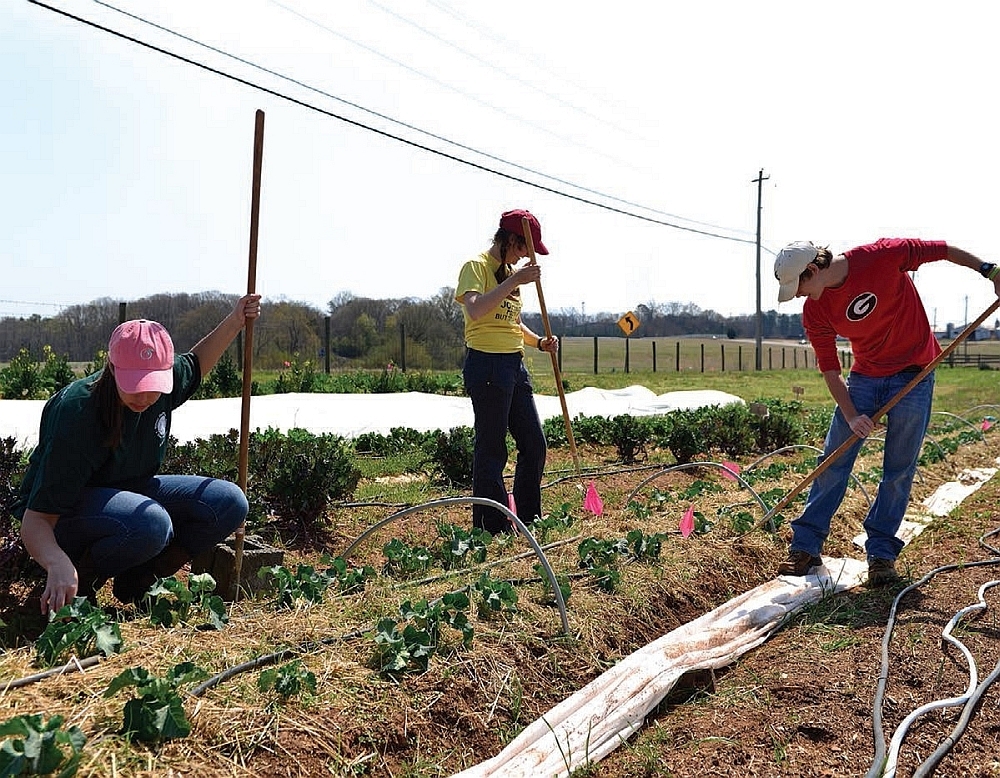
Teens in Athens, Georgia, work in a community garden. The produce they grow is sold at a local farmers market. The money they raise benefits older people living in their city.
However, many families in the United States cannot afford to eat fresh food. In 2011, the U.S. Department of Agriculture (USDA) published a report about food security. Food security means that families have enough food for healthy, active living. According to the report, eighteen million American families did not have food security. Last year, community gardeners donated thousands of pounds (kilograms) of produce to needy families.
Community gardening teaches life and job skills, too. People learn patience, persistence, and problem solving. These come in handy in the workplace. Teens are earning job experience and money through community gardens. Plus, planting, weeding, and harvesting can be a real workout!
Most important, community gardens bring people together. Gardeners can have different ages, ethnicities, spiritual beliefs, and cultural backgrounds. By working together in the garden, valuable friendships are made, and the community gets stronger.
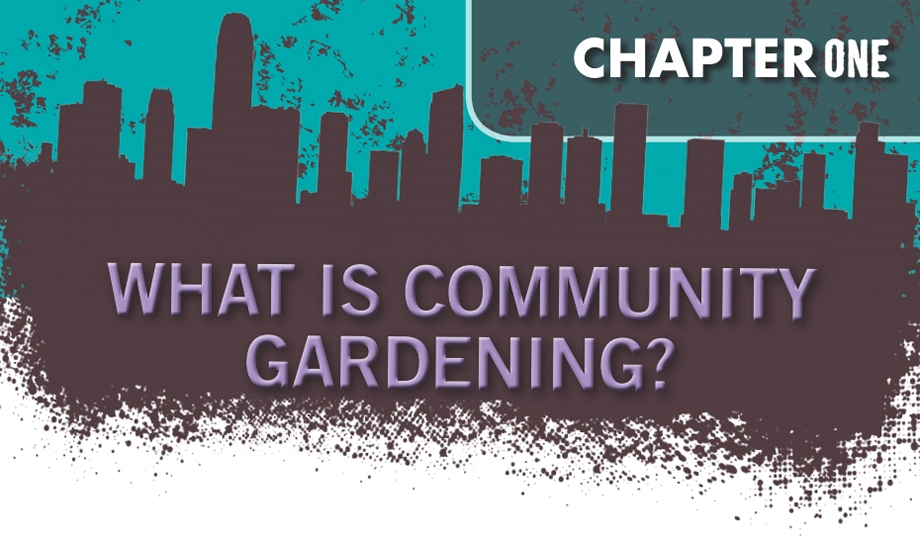
I n a community garden, you get to work together and share resources. According to the American Community Gardening Association (ACGA), about eighteen thousand community gardens are tended each year in the United States and Canada. Each garden is unique. The participants bring their own ideas, culture, and preferences to their work on the land. These influences are reflected in the gardens themselves.
People create community gardens for many reasons. Some gardens are designed to teach neighbors about nutritional science, cooking, and healthy eating. Other gardens are made for people to grow food for themselves or their families. Some gardens teach job skills and allow participants to earn money. Sometimes gardens assist low-income people by giving away fresh food. Many gardens provide a quiet meeting place in a busy neighborhood. Some offer a wildlife habitat in an urban setting. In some communities, gardeners just need to garden!
Gardeners often share their wisdom, hoping to create a new generation of younger gardening enthusiasts.
GARDEN CROPS
Nationwide, community gardens are producing hundreds of thousands of pounds (kilograms) of fresh produce. Knowing more about food plants can help gardeners think about what to grow in their gardens. Almost all plants have six edible parts: roots, stems, leaves, flowers, fruits, and seeds. (Of course, gardeners must check before eating. Not all parts of all plants are edible.)
Vegetables that grow underground are called root crops. These include sweet potatoes, turnips, radishes, and garlic. Stem crops, such as leeks, celery, and kohlrabi, are well known for their sturdy, healthy stems. Plants such as kale, cabbage, spinach, and lettuce are called leafy crops and are famous for their big, leafy appearance.
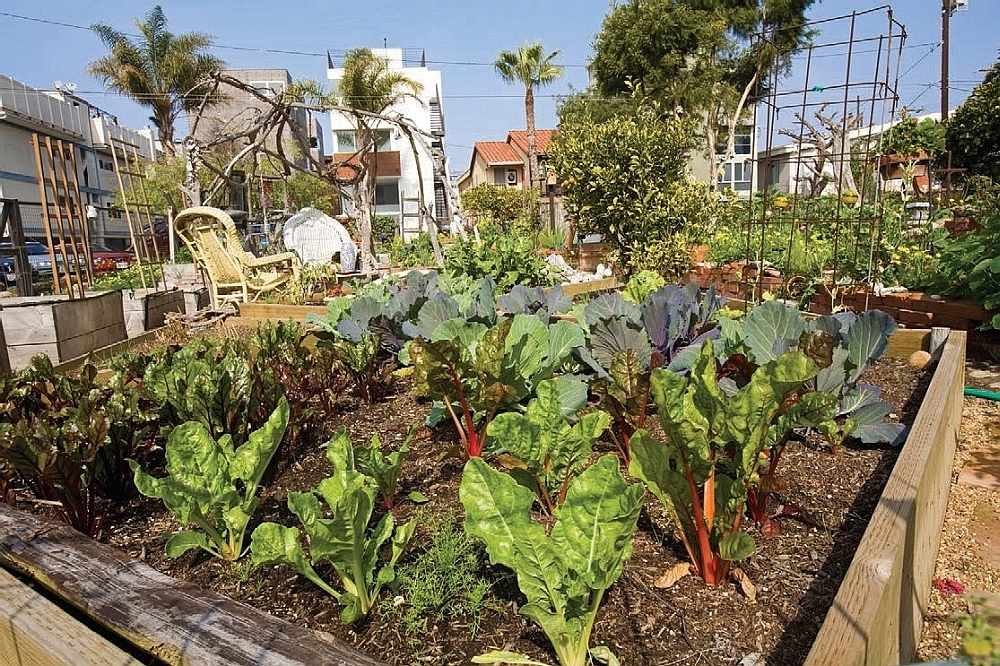
Gardeners at the Eastwind Community Garden in Marina Del Rey, California, grow leafy crops, such as chard, kale, and lettuce, in raised beds.
When eating broccoli, cauliflower, and nasturtium, we are actually eating flowers! These are called flower crops. Fruit crops include more than apples, strawberries, and grapes. The fruit of a plant includes produce such as tomatoes, bean pods, and corn kernels. Peas, wheat, sunflowers, and lima beans are known as seed crops.
Good cooks know the value of herbs in the kitchen. Some herbs are perennials. These are plants that return season after season. Catnip, bee balm, and chives are examples. Other herbs are annuals. These are plants that need to be planted newly each year. Cilantro, basil, and parsley are types of annuals.
LEARNING FROM EXPERIENCE
Gardeners love to learn from each other. Take time to share ideas and stories about what has worked and what has not. You will be surprised by what you learn. A garden project in Vancouver, Washington, has a formal mentoring program. New gardeners are matched with lifelong gardeners. Even if you dont have a mentoring program, you can find tons of specific gardening advice for your region. Your local hardware, feed, or garden store, the library, and online sources are all places to explore.
Community gardeners often plant herbs. Herbs can help ward off pesky insects or animals. They are rumored to improve the taste of vegetables planted nearby. Some herbs, such as anise hyssop and lemon balm, can even be medicinal, curing everything from muscle aches to sore throats. Visit your local food store or farmers market to become familiar with the diversity of vegetables and herbs available.

